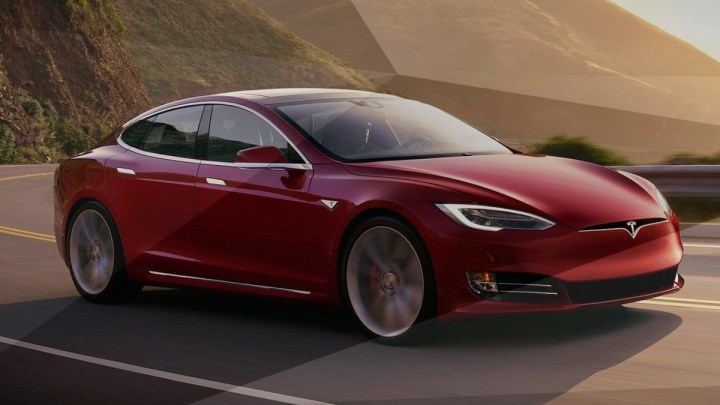
Electrek reported some manufacturers void the vehicle warranty when their performance car launch control systems are used too often. “Too often” isn’t defined, unfortunately, so if you’re in the market for a high-powered vehicle that has an electronically aided launch mode, just know that there is a limit to how many times you can use it.
There are two highly rational reasons manufacturers oversee and exercise control of their highest-powered cars, neither of which has anything to do with fun. One point stressed by manufacturers is that full-power acceleration launches are hard on vehicle components, adding undue stress and strain that can lead to early wear and even failure. That’s why real race cars are always accompanied by trailers full of spare parts.
A second valid reason performance carmakers want owners to cool it with full acceleration starts is the danger to the public as well as to the occupants of the car. The Tesla Model S P90D with Ludicrous mode has more than 500 horsepower and is capable of 0 to 60 times in 2.6 seconds. In the P90D’s user manual, the section on Launch Mode states, “Launch Mode is designed for use on closed circuit driving courses. It is the driver’s responsibility to ensure that driving style and acceleration do not endanger or inconvenience other road users.”
It also could be that, in addition to concerns about early part failure and actual danger from too frequent full-power starts, carmakers don’t want over-exuberant drivers using launch mode-like features whenever they pull out of the grocery store parking lot, drop their kid off at soccer practice, or pull away from a stop sign. If drivers routinely went full out with their cars it would reflect on the manufacturer and inevitably cut sales. It’s much better to exude the impression of massive amounts of power used responsibly.
Owners could reasonably consider the limitation of performance features they’ve already paid for as overreaching by the carmaker, especially if there was no advance notice that there’s a penalty for overuse, which appears to be the case with Tesla performance version vehicles. Electrek quoted one owner on the Tesla Motors Club forum who stated, “I did lots of testing and emailed Tesla my findings. Before this limitation my car would pull around 1600 amps from the battery and 512 KW of power when fully charged, now the car will only pull around 1500 amps and 480 KW of power, a loss of about 40 HP on a 4-month-old car.”
The same owner also posted Tesla’s response, “Thank you for your time. To recap our conversation, using launch mode places an increased stress on the entire powertrain accelerating aging and fatigue of various components. The computer systems automatically track launch mode usage and continually estimate fatigue damage. Depending on how launch mode is used, the computer may eventually limit the available power during launch mode to protect the powertrain. Note that this is a common strategy also employed in other high-performance cars. As discussed, upgrading to the P100D ludicrous will remove this limit and will not be limited in the future as the P100D does not have this limit for launch mode.”
Tesla confirmed the position to Electrek in a statement, “Like other automakers, our performance vehicles continually monitor the condition of various components and may employ limiting strategies to reduce fatigue on the powertrain.”
So it sounds like Tesla indeed limits launch mode use with the P90D vehicles. If you buy or upgrade an existing vehicle to the P100D level — an expensive proposition either way that results in an even more powerful vehicle — the reasoning and concerns behind limiting power when drivers overuse the full acceleration mode should still matter, so something is a little off with this picture. Just because drivers can afford an even more costly version of an already fairly expensive car doesn’t argue they’ll be any more restrained in doing full power burnouts after dropping books off at the library.
The good news is Tesla is apparently going to inform buyers that overusing Launch Mode, on P90Ds anyway, can result in decreased available power.




